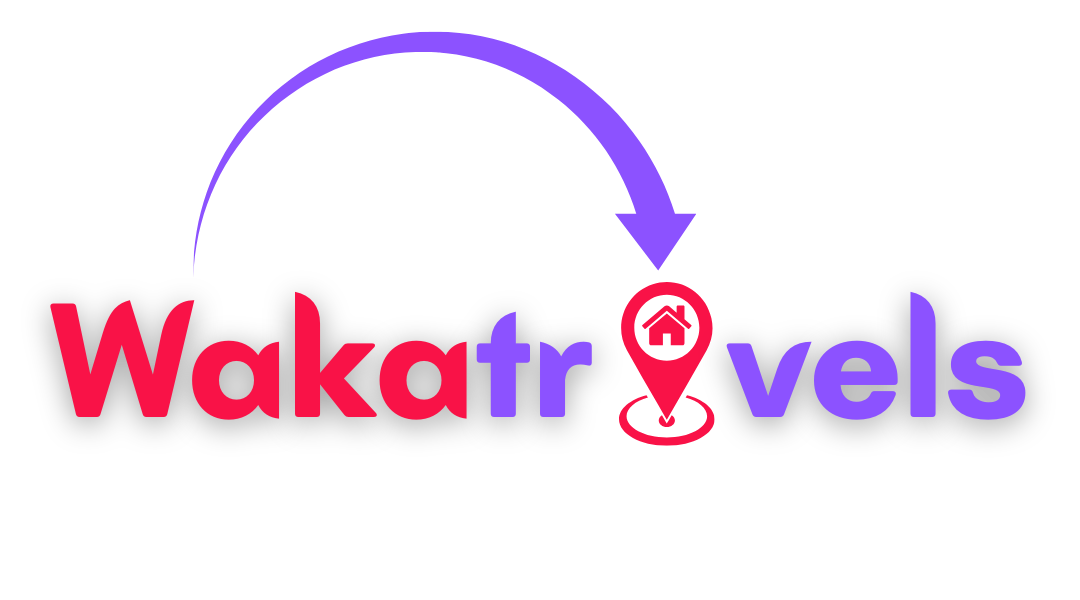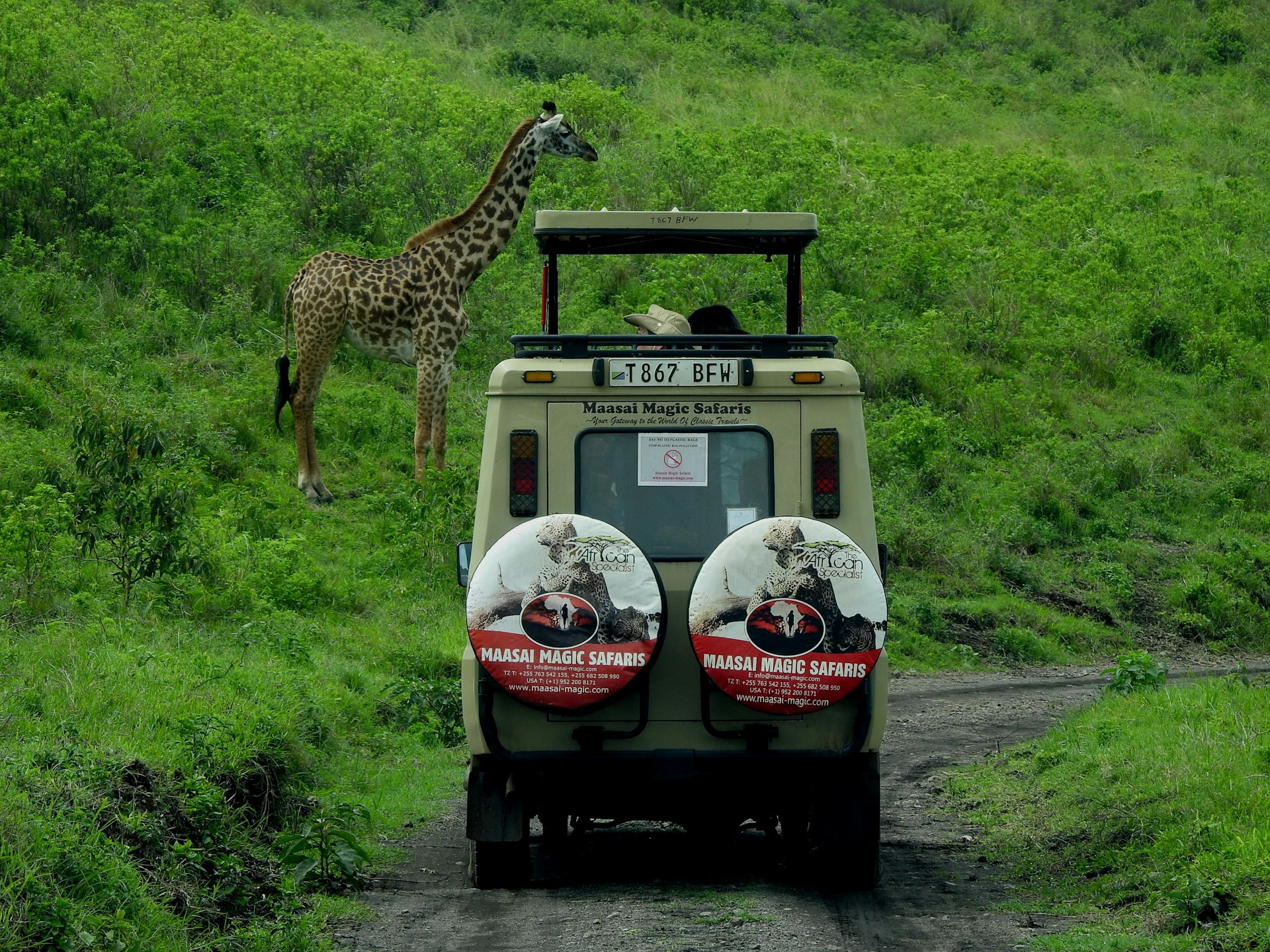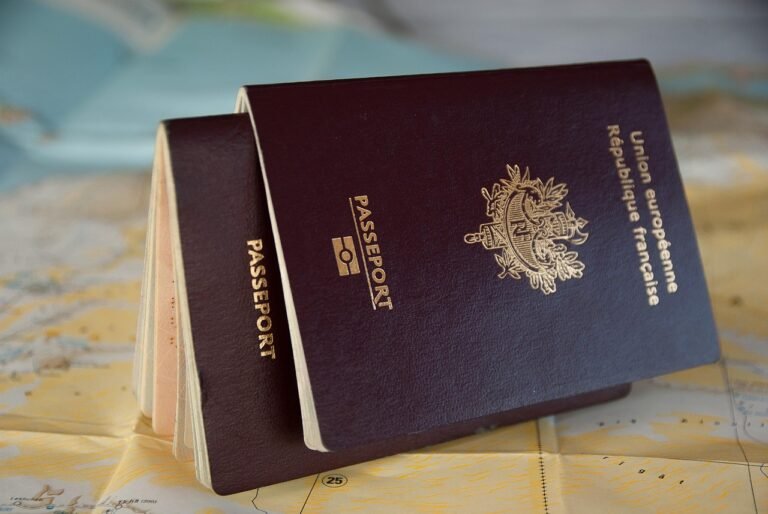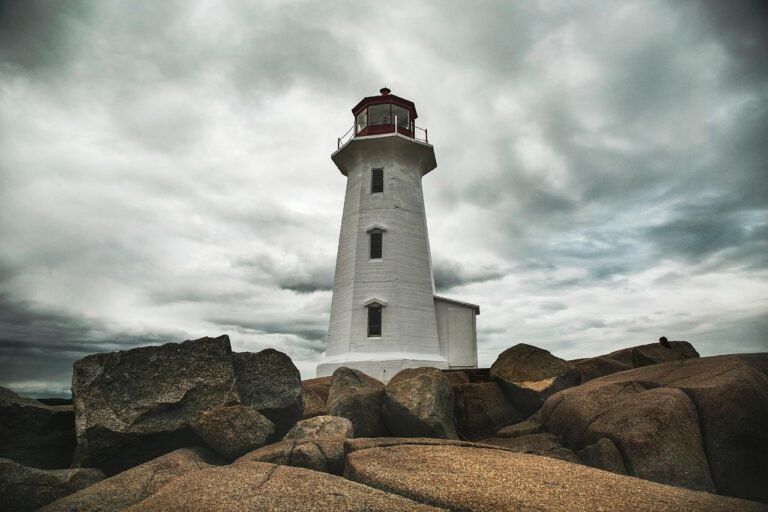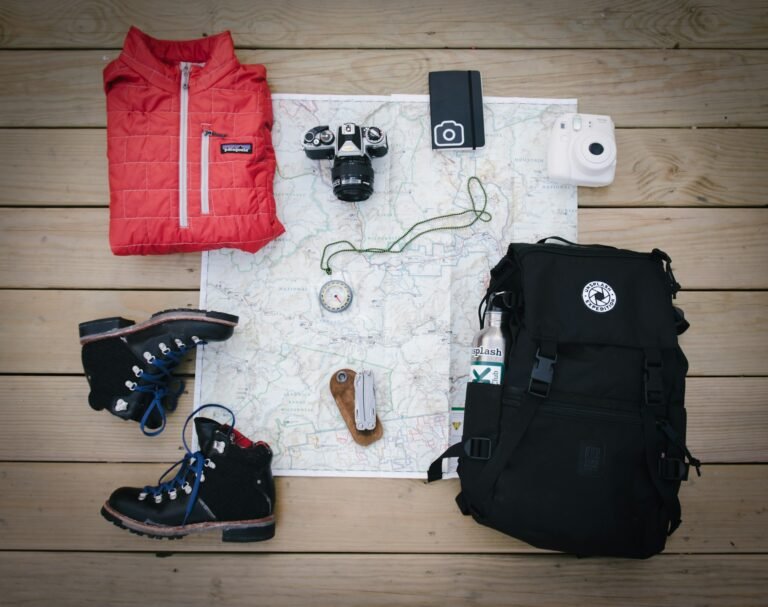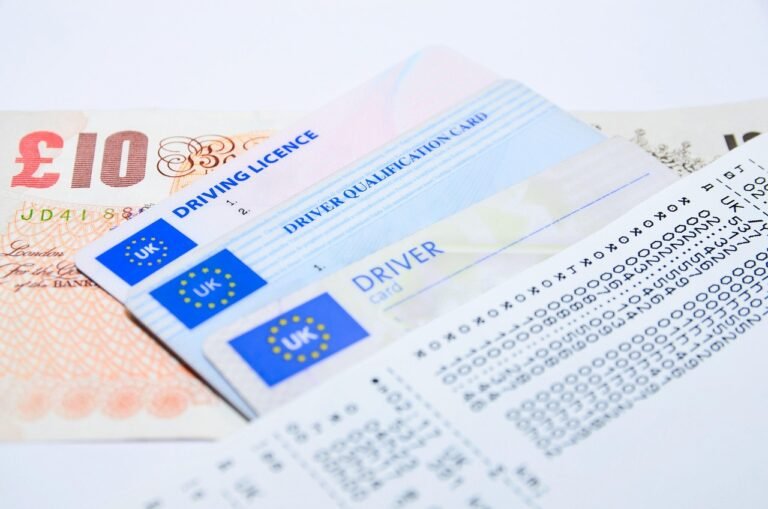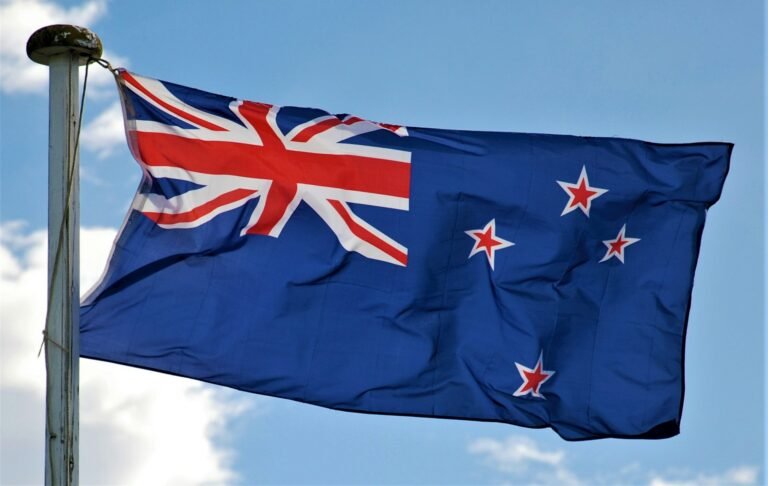Dust billows around our Land Cruiser as we skid to a halt. “Lion,” whispers Philip, our guide. I nearly spill my morning coffee as I fumble for my camera. There, not twenty yards away, a lioness stretches lazily in the golden morning light, three cubs tumbling around her paws. No Netflix documentary could have prepared me for this moment – the way my heart pounds, how the air smells of sun-baked earth, and the profound silence broken only by the distant call of an eagle. This, friends, is safari magic.
Planning your first (or fifth) safari can feel overwhelming. Trust me, I’ve been there – overwhelmed by options, unsure about costs, and anxious about everything from malaria pills to whether I’d actually see any animals. After three safaris across Eastern and Southern Africa, I’ve learned a thing or two about what makes these adventures unforgettable – and what makes them disasters.
This guide will walk you through everything you need to know to plan your perfect safari experience, from choosing the right destination to what to pack in that canvas duffel bag.
Choosing Your Perfect Safari Destination
The first and most crucial decision you’ll make is where to go. Africa is enormous (the US could fit inside it three times over), and safari experiences vary dramatically between regions.
East Africa vs. Southern Africa: The Great Debate
East Africa (Kenya, Tanzania) delivers those classic, postcard-worthy safari scenes. Think endless savanna, millions of wildebeest migrating, and acacia trees silhouetted against fiery sunsets. The Serengeti and Masai Mara offer the highest concentration of wildlife you’ll find anywhere on earth. The Great Migration alone – 1.5 million wildebeest crossing crocodile-infested rivers in a dramatic dash for survival – is worth the trip.
Southern Africa (South Africa, Botswana, Zimbabwe, Namibia) offers more diverse landscapes and often more luxurious accommodations. Botswana’s Okavango Delta provides water safaris by mokoro (traditional canoe), while Namibia’s deserts showcase otherworldly terrain alongside desert-adapted wildlife. South Africa’s private reserves around Kruger deliver reliable Big Five sightings with creature comforts like air conditioning and spa treatments.
My two cents? East Africa for first-timers and wildlife enthusiasts; Southern Africa for returning safari-goers and those seeking more comfort.
Best Time to Go: It’s Complicated
There is no single “best” time for an African safari – it depends entirely on what you want to see.
- Dry season (generally June-October): Animals congregate around water sources, making them easier to spot. Vegetation is sparse, which improves visibility. However, this is peak tourist season with higher prices.
- Green season (November-May): Lower rates, lush landscapes, newborn animals, and incredible bird-watching. However, thick vegetation can make spotting animals trickier, and some dirt roads become impassable.
- Migration timing: If witnessing the Great Migration is your dream, focus on northern Serengeti/Masai Mara between July-October for river crossings, or southern Serengeti between December-March for calving season.
I once made the rookie mistake of booking a Botswana safari in February – peak rainy season. Our vehicle got stuck in mud for three hours, and the wildlife viewing was disappointing as animals dispersed across the now-water-rich landscape. Lesson learned: research seasonal conditions carefully!
Safari Styles: Finding Your Match
Safaris aren’t one-size-fits-all experiences. Your personality, budget, and travel style all influence which option will make you happiest.
Lodge Safaris: Comfort in the Wilderness
Lodge safaris involve staying in permanent accommodations ranging from rustic to ridiculously luxurious. Each morning and evening, you’ll head out on game drives with guides. The rest of the day is yours to relax by the pool, enjoy spa treatments, or watch animals visit nearby waterholes.
Best for: First-timers, families, those wanting comfort, and photographers with lots of gear.
Example: Sabi Sands private reserves in South Africa offer incredible Big Five viewing with five-star amenities.
Mobile Tented Safaris: The Classic Experience
These safaris harken back to the golden age of African exploration. You’ll sleep in semi-permanent or fully mobile tented camps that move every few days. Don’t worry – these aren’t your backyard camping tents. Think canvas walls, proper beds, en-suite bathrooms, and often surprisingly good food.
Best for: Those seeking authenticity and a connection to nature without roughing it completely.
Example: Following the wildebeest migration through Tanzania’s Serengeti with a movable camp.
Self-Drive Safaris: Freedom on Your Terms
Popular in South Africa and Namibia, self-drive safaris give you control of your schedule and pace. You’ll navigate park roads in your own (usually rented) vehicle, staying at camps or lodges along the way.
Best for: Independent travelers, those on tighter budgets, and people who hate tour groups.
Example: Kruger National Park in South Africa has excellent infrastructure for self-drive visitors.
Walking Safaris: The Ultimate Immersion
Nothing gets your heart racing like tracking wildlife on foot. Walking safaris, led by armed guides, offer a profound connection to the ecosystem. You’ll notice small details – tracks, insects, plants – that you’d miss from a vehicle.
Best for: Adventure seekers, nature enthusiasts, and those on second or third safaris.
Example: South Luangwa National Park in Zambia is the birthplace of walking safaris.
Budgeting for Your Safari: The Honest Truth
I won’t sugarcoat it – safaris aren’t cheap. But they don’t have to bankrupt you either.
Price Ranges (Per Person Per Day)
- Budget: $150-300 (self-drive, basic accommodations)
- Mid-range: $300-600 (group tours, comfortable lodges)
- Luxury: $600-1,000+ (private guides, premium lodges)
- Ultra-luxury: $1,000-3,000+ (exclusive experiences, helicopter transfers)
My first safari was a budget camping trip through Kenya that cost about $180 per day including everything. We slept in basic tents, used shared bathrooms, and ate simple meals – but saw incredible wildlife. Six years later, I splurged on a luxury South African lodge for $900 per night. Was it worth the extra money? For a special occasion, absolutely. For everyday safari experiences, not necessarily.
Hidden Costs to Consider
- Park fees: $50-100 per day in many reserves
- Tips: Budget 10-15% for guides, camp staff
- Flights between parks: Often $200-500 per segment
- Visa fees: $50-100 depending on country
- Travel insurance: Essential for remote locations
- Equipment: Camera gear, appropriate clothing
Essential Gear: Pack Smart, Not Heavy
Most safari operators restrict luggage to soft-sided bags under 33 pounds (15kg) due to small aircraft and limited vehicle space. Choose carefully!
Safari Packing Essentials
- Neutral-colored clothing: Beige, olive, tan (avoid bright colors and blue, which attracts tsetse flies)
- Layers: Mornings are surprisingly cold, afternoons hot
- Sun protection: Wide-brimmed hat, high-SPF sunscreen, sunglasses
- Insect repellent: DEET-based for effectiveness
- Camera gear: The longest zoom lens you can afford/carry
- Binoculars: Essential for bird watching and distant sightings
- Power bank: Many camps run on generators with limited hours
- Small first aid kit: Including anti-diarrheal medication
- Headlamp/flashlight: For navigating camps after dark
I’ve seen safari-goers show up in pristine white pants (immediately ruined) and without a warm jacket (miserably shivering at dawn). Don’t be that person!
Health Considerations: Stay Safe Out There
Vaccinations and Medications
Consult a travel doctor at least 8 weeks before departure to discuss:
- Yellow fever vaccine: Required for entry to many African countries
- Malaria prophylaxis: Essential in most safari regions
- Typhoid, Hepatitis A/B: Recommended for most travelers
- COVID-19 requirements: These change frequently
Common Health Concerns
- Malaria: Take prescribed preventative medication and use repellent
- Sun exposure: African sun is intense, even in winter
- Stomach issues: Drink only bottled water and eat freshly prepared foods
- Tsetse flies: Painful bites can be minimized with proper clothing
Insert image of typical safari first-aid kit here

Wildlife Viewing: Managing Expectations
One of the most common questions I get: “Will I definitely see [insert dream animal]?” The honest answer: there are no guarantees in wildlife viewing. That’s part of the magic – these are wild animals in their natural habitat, not zoo exhibits.
That said, choosing the right location dramatically increases your chances:
- Big cats: Masai Mara, Serengeti, Sabi Sands
- Elephants: Chobe, Amboseli, Tarangire
- Rhinos: Ol Pejeta, Etosha, Hluhluwe-iMfolozi
- Great Migration: Serengeti, Masai Mara (seasonal)
- Gorillas: Rwanda, Uganda, DRC (requires separate permits)
My personal wildlife viewing tip? Communicate your “must-see” animals to your guide on day one, but then let go of expectations. Some of my most memorable sightings were animals I hadn’t even known I wanted to see – like the pangolin (basically a walking pinecone) our guide spotted after dark in Botswana.
Ethical Safari Considerations
The concept of conservation tourism – where your dollars help protect wildlife – is wonderful, but not all operations live up to this ideal. Do your homework:
- Choose eco-conscious operators with conservation credentials
- Respect wildlife viewing guidelines (never pressure guides to get closer)
- Support camps that benefit local communities
- Avoid interactions with captive wildlife (no lion cub petting!)
I once left a game drive when our driver harassed a cheetah for better photos. Yes, it was awkward. No, I don’t regret it. Your safari dollars speak volumes about what practices are acceptable.
Top Safari Recommendations
Premier Safari Destinations
- Masai Mara, Kenya – Kenya Tourism Board The quintessential safari landscape with year-round wildlife and Maasai cultural experiences.
- Serengeti National Park, Tanzania – Tanzania Parks Home to the Great Migration and endless plains teeming with predators and prey.
- Okavango Delta, Botswana – Botswana Tourism A lush wetland paradise in the desert, best experienced by traditional mokoro canoe.
- Kruger National Park, South Africa – SANParks South Africa’s flagship reserve offers excellent infrastructure for self-drive safaris.
- South Luangwa, Zambia – Zambia Tourism The birthplace of walking safaris, with extraordinary leopard sightings.
Trusted Safari Operators
- Asilia Africa – Official Website Pioneer in conservation tourism with camps across East Africa.
- Wilderness Safaris – Official Website Premier eco-luxury operator throughout Southern Africa.
- &Beyond – Official Website Conservation-focused luxury experiences across Africa and beyond.
- Natural Selection – Official Website Owner-operated camps with strong conservation credentials in Botswana and Namibia.
- Gamewatchers Safaris – Official Website Responsible tourism focused on community-owned conservancies in Kenya.
Essential Safari Gear
- Nikon Monarch Binoculars – REI The perfect balance of quality, weight, and price for wildlife viewing.
- Tilley LTM6 Hat – Tilley The legendary safari hat with lifetime guarantee and sun protection.
- ExOfficio BugsAway Clothing – ExOfficio Insect-repellent treatment built into well-designed safari wear.
- Sony RX10 IV Camera – B&H Photo All-in-one camera with incredible zoom for wildlife photography without multiple lenses.
- Eagle Creek Load Warrior Duffel – Eagle Creek Durable, soft-sided bag that meets strict safari luggage requirements.
The Perfect Safari Itinerary
There’s no one-size-fits-all safari itinerary, but here’s what I consider the golden rule: go fewer places for longer. Three nights minimum at each location allows you to really experience a place without constantly packing and unpacking.
Sample 10-Day Kenya Itinerary
| Day | Location | Accommodation | Highlights |
| 1-2 | Nairobi | Giraffe Manor | Giraffe Centre, David Sheldrick Elephant Orphanage |
| 3-5 | Amboseli | Tortilis Camp | Elephants against Mt. Kilimanjaro backdrop |
| 6-10 | Masai Mara | Rekero Camp | Big cats, Great Migration (seasonal), Maasai villages |
Planning Timeline
- 12+ months ahead: Research destinations, book gorilla permits if applicable
- 9-12 months ahead: Book lodges/camps (they fill early!)
- 6 months ahead: Purchase flights, travel insurance
- 3-4 months ahead: Medical consult, vaccinations
- 2 months ahead: Gather gear, break in new hiking boots
- 1 month ahead: Currency exchange, final packing preparations
The One Thing Everyone Forgets
In all the planning chaos – deciding between Kenya vs. Tanzania, researching camera gear, finding the perfect safari pants – there’s one crucial element people often overlook: leaving space for magic.
Some of my most transcendent safari moments weren’t the Big Five sightings, but the unexpected small wonders: watching fireflies dance around my tent in Zambia, learning traditional plant medicines from a Samburu guide, or sitting silently as the entire savanna came alive with sound at dusk.
My advice? Schedule downtime. Don’t book back-to-back game drives every single day. Allow yourself mornings to simply sit with coffee watching the bush wake up. Safari is as much about what you feel as what you see.
Conclusion: The Safari That Changes You
There’s a saying in Africa: “You may leave the safari, but the safari never leaves you.” Months after returning home, you’ll find yourself daydreaming about the smell of dust and wild sage, the heart-stopping moment a leopard meets your gaze, or the profound silence of the savanna at dawn.
A safari isn’t just a vacation – it’s an awakening to a world where humans are not the center of everything, where ancient rhythms still dictate the days, and where your problems suddenly seem very small indeed. Whatever decisions you make in planning your perfect safari, remember that the ultimate goal isn’t checking animals off a list – it’s reconnecting with something wild and essential that still lives within us all.
